For some of us, figuring out how to relieve lower back pain can be one of the top priorities in our lives. Lower back pain, especially chronic lower back pain, can make even the most simplest task difficult. In a time when the average American is sitting or sleeping for 21 hours of each day, can vinyasa yoga offer you the chance to give your lower back the relief it so desperately needs?
What Is Vinyasa Yoga?
The basic meaning of the word ‘vinyasa’ refers to the transition between two positions. The reason vinyasa is most commonly associated with yoga is because of the way the body and breath flow together through a series of movements during the practice.
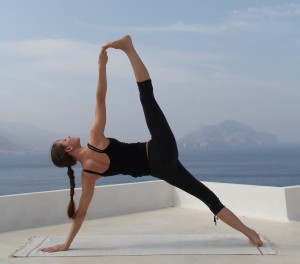
Every movement that you make in vinyasa yoga is accompanied by a breath. As you begin to move through the poses your body and mind begin a kind of moving meditation. It is during this time that many yogis describe a sense of flow like connection with their bodies, allowing them to open up parts of the body that have tension or might be causing them pain.
Since vinyasa yoga consists of a series of movements, a lot of vinyasa classes can be very challenging and even feel like a workout. During your practice vinyasa yoga becomes more of a moving meditation which allows your mind to focus on how your body feels in each posture. Being able to stabilize your breath while moving through an intense serious of vinyasa poses not only helps your body to physically heal during your practice but is crucial in helping to improve all other aspects of your life as well.
Finding Your Flow
As you are moving through a vinyasa routine you might find it to be difficult to keep up the rhythm of one breath with every movement. Sometimes you might need to stop and take an extra breath because your heart rate is high and you keep losing your balance but it is important to work towards inhaling with a movement and then exhaling with a different movement.
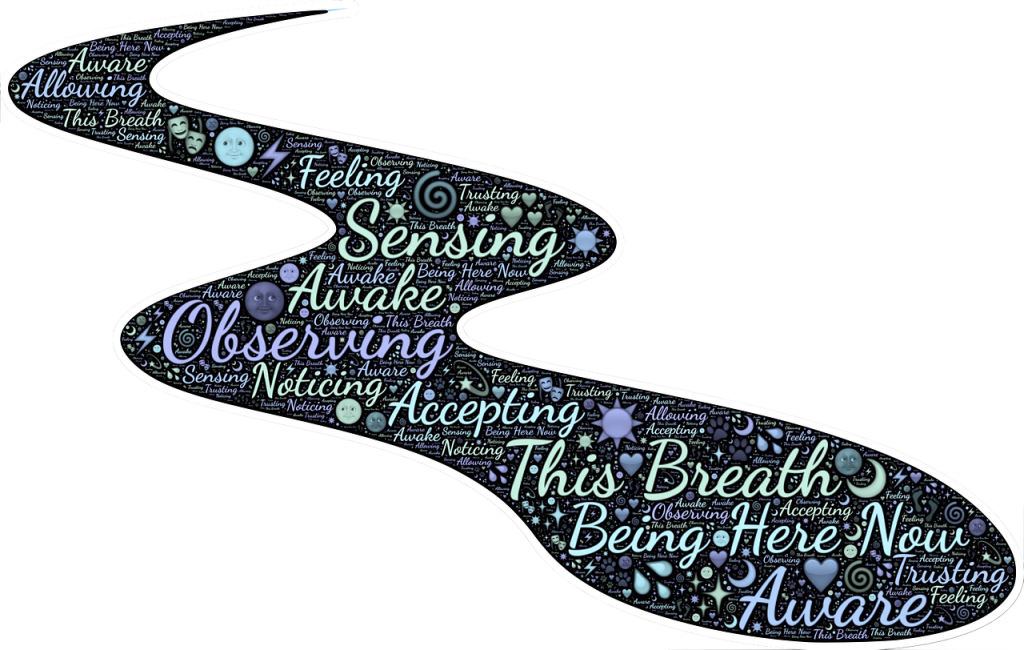
Your body will soon become more and more used to moving while your heart rate is elevated and you won’t need to take an extra breath as often anymore. When you are able to move through an entire vinyasa sequence without stopping your mind begins to take control of your body and working out a specific kink in your body is as easy and adjusting to that position through your flow.
During your practice you might also realize that your breath becomes steady and your eyes begin to lightly gaze forward. Your drishti, or gaze, allows for the moving meditation aspect of your vinyasa practice to take hold.
If you are sporadically shifting your eyes around the room or watching what everyone else is doing then you will lose focus on what you are doing in your own practice. Keeping a strong drishti lets your mind be calm and able to focus on your breath and movements.
Total Body Practice
The thing that I love most about vinyasa yoga is the way it helps with my entire body, inside and out. I begin my practice by warming my body up, slowly moving into a sequence designed to stretch the muscles out. Once I start to sweat I can now feel my muscles awaken and become more open and loose.
When I feel my muscles are ready to move a little more I begin a vinyasa sequence that awakens my joints and my balance. It is at this time in a vinyasa workout where you can really start to feel the tension in your body fight back, especially from years of sciatic pain. Your body might be trying to keep you from going deeper into poses due to discomfort but your breath and your strong mental focus allows you to push through.
It is important to listen to your body here because there is a difference between good tension and bad tension in your body. If you feel your muscles stretching which is causing you discomfort then that is normal. However, if you feel sudden pain or a tweak in your muscle, you’ve gone to far and you need to pull back.
How To Relieve Lower Back Pain with Yoga
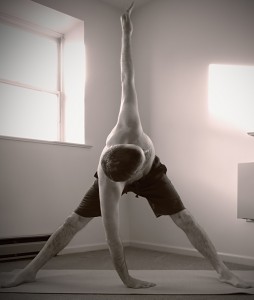
At this point in your vinyasa routine your body is probably as warm and loose as it is going to get during your practice. Now is the time you really start affecting positive change deep inside your body. Many sequences might add a twist in the routine to wring out tension in the organs, removing any congestion and improving your overall cardiovascular health.
Also, extending and straightening your spine while twisting your body is the most important thing you can do to help with lower back pain. Since the joints in our lower backs around our lumbar vertebrae are designed to extend rather than twist, twisting your back without being warmed up or having proper alignment can cause you more pain rather than less. If done correctly, twisting your body allows you to dig deep and relieve the tension that is causing your lower back pain.
Adding a vinyasa yoga practice to your life can help start to make up for all of the hours that we are sitting down each day in today’s world. The vast benefits that you will receive by moving through and positioning your body in the many different vinyasa postures don’t stop once you leave the classroom; the positive effects can be felt in every aspect of your life.
Do you think vinyasa yoga can help relieve your lower back pain?
Stick With It!


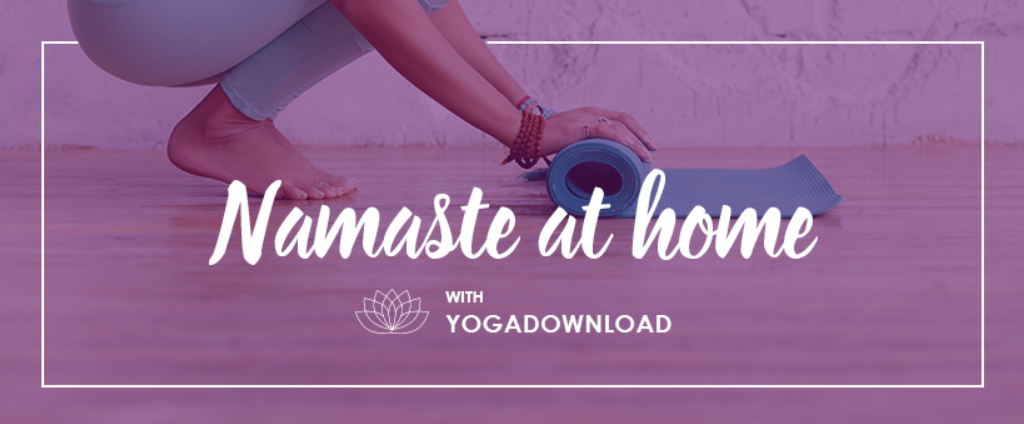
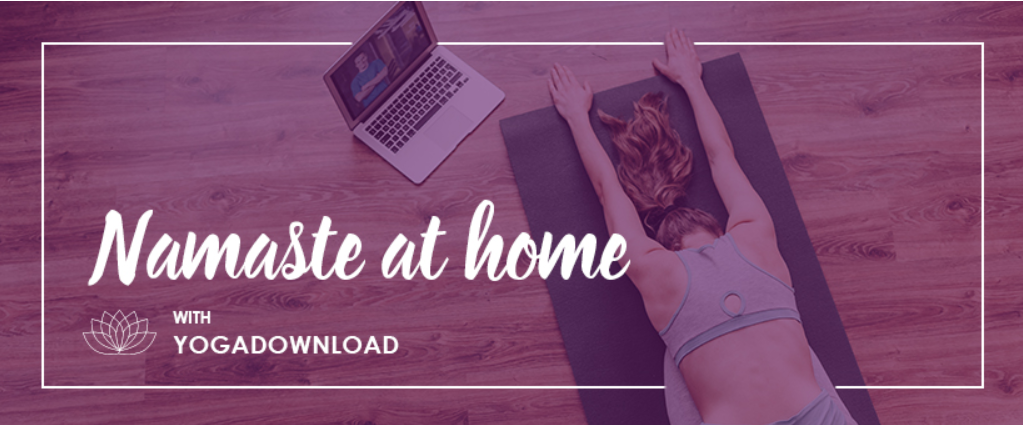
I think you’ve inspired me to try this out I spend a lot of time sitting down at the desk and my mower back just seems to get worse and worse. I think I could do with a better chair but certainly need to be more active and exercise the lower back more too.
I was in the exact same situation sitting in a chair all day long which made my lower back pain get that much worse. Practicing yoga is a great way to relieve that pain and it’s actually a very enjoyable way to get your body and mind in shape. Thanks for the comment!
I have always wanted to try Yoga. And I know there are probably a lot of benefits besides helping lower back pain. If you have bad balance or you are not very flexible, can you still do this form of yoga? Will it help with balance and flexibility? Where can you go to practice or learn it? Possible to learn at home?
Hello! Yes there are so many more benefits than just relieving lower back pain – I’ve gotten in the best shape of my life without even meaning to! You definitely don’t need to be flexible to start practicing yoga and once your practice advances your balance and flexibility will improve drastically. You can practice yoga any where that you like, I recommend taking a few classes if you have access to them because you get an actual instructor leading you through the poses. If you’re not comfortable going to class then practicing at home is as easy as finding a routine you like and get going!